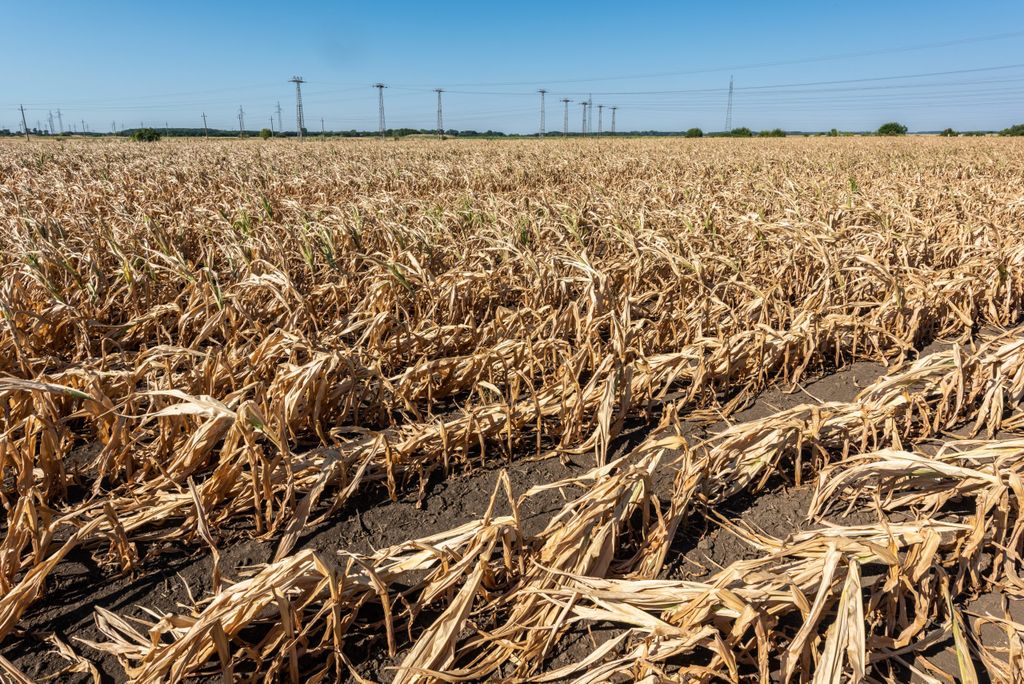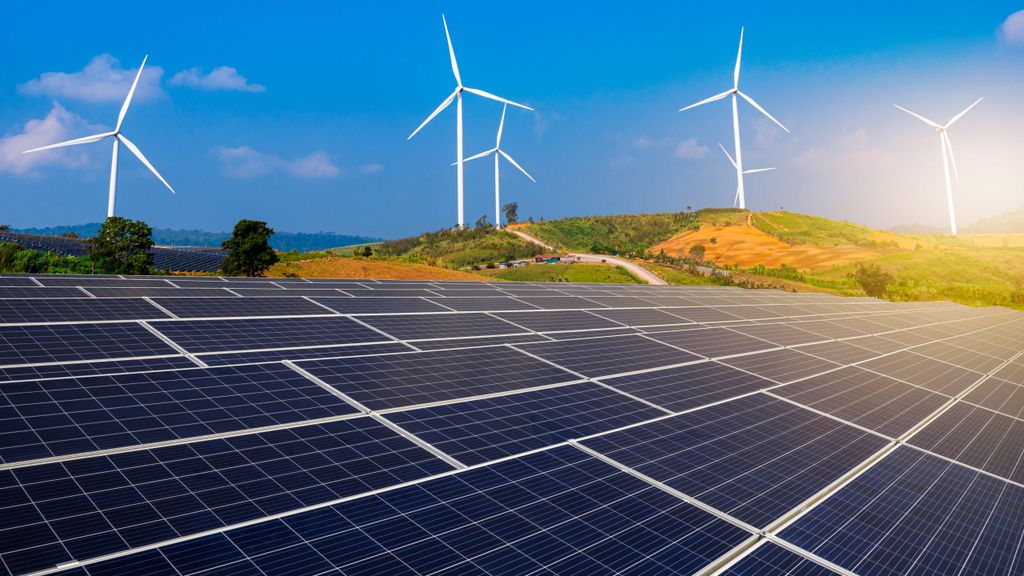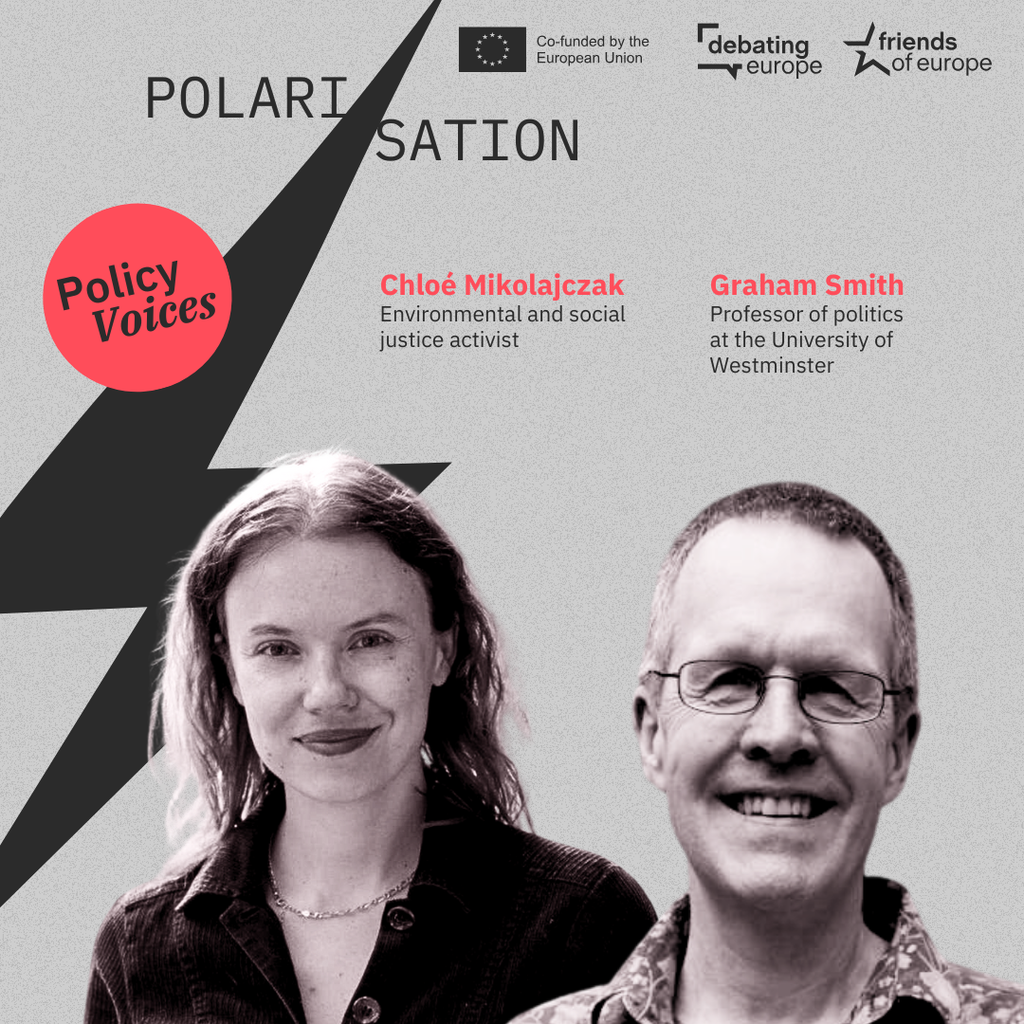Climate and Energy Summit 2025
Next event In person & livestreamed

- Area of Expertise
- Climate, Energy & Natural Resources
Climate, Energy & Natural Resources

Founder-Director of The Product-Life Institute
Among the challenges that confront a zero-waste world is the hard truth that sustainability is not a popular vote-winning proposition. Among the reasons for this is the fact that the sustainability discussion is often driven by environmental rhetoric rather than incentives for people to do the right things. Nor does public policy inspire people instinctively to choose sustainable paths and show them how ‘to close the loop’. And the idea of ‘zero waste’ doesn’t itself inspire; zero accidents or zero casualties have long been used as incentives in industry, but zero waste has been ineffective in the West, even if it’s had limited success in Asia.
What alternatives are there, then, to these traditional approaches? The circular (or ‘loop’) economy can in fact achieve a number of objectives at the same time, because it enables manpower to be substituted for energy, it offers resource security and waste prevention, and it greatly reduces greenhouse gas emissions. Optimum value of the circular economy is made possible by its value preservation rather than value added, by using the smallest loops (the re-use, repair and remanufacturing of goods on a local scale) instead of global supply chains, and through smart stock management as opposed to throughput management.
The performance (or ‘lake’) economy is the most profitable and environmentally efficient business model of the circular economy and it maximises profits in a number of ways. It can sell goods as services (for instance ‘power by the hour’ for jet and gas turbines), it can retain the ownership of goods and their embodied resources (materials, energy, water), giving fleet managers resource security, it internalises the risk and waste costs, so providing strong economic incentives for loss and waste prevention over the full life-time of products, and it exploits a combination of sufficiency and efficiency strategies, leading to higher profits and increased competitiveness.
Societal wealth is measured in stock, not throughput. The circular economy is therefore a ‘societal mainstream’ as it focuses on the intelligent management of stocks so as to increase their utilisation value. Caring is the principle of managing stocks (capital) and is generally accepted by policymakers, except those in the industrial economy, with regards to: natural capital and the environment (biodiversity, fish stocks, clean water and arable land); cultural capital such as UNESCO’s world heritage sites and immaterial culture like crafts or music; acquired human capital, which includes knowledge and skills, capabilities and experience, science and technology; and of course financial capital.
A circular economy would extend this caring principle to the stocks of: manufactured capital (infrastructure, buildings and goods, refined raw materials); and human capital, which would involve guaranteeing citizens’ education and health for their life-span beyond the age of 60. Its tools are the re-use and service-life extension of goods through repairs, remanufacturing, technological and fashion upgrading, retrofitting and the re-marketing of manufactured capital.
It is crucial to note here that caring activities are different from manufacturing because they are labour-intensive and decentralised, have to be carried out where the clients are and cannot easily achieve economies of scale. Examples include education and health services, organic farming and cultural capital.
Today’s policies are split between caring – the preservation of natural and cultural capital – and fuelling the industrial economy. If we were to fully transition to a caring circular economy, programmes such as the Car Allowance Rebate System, which offer economic incentives to people to trade-in less fuel-efficient vehicles for more environmentally friendly ones, would be upgraded to ‘automobile remanufacture-and-retrofit’ policies. In this case, local workshops could remanufacture mechanical parts and convert cars to run on compressed natural gas.
Environmental policies of present driving the circular economy mainly include those to do with:
These are all commendable, but there is a significant lack of policies that provide incentives as major levers for change. The latter are the sort of policies (like sustainable taxation) that must be considered because they are simple, convincing and create self-reinforcing virtuous loops. We should not, for instance, tax renewable resources, including human labour, but instead non-renewable resources, wastes and emissions. Nor is it advisable to levy Value Added Tax (VAT) on value preservation activities. Finally, it is worth giving carbon credits to carbon emission prevention (smart stock management) at the same rate as to carbon emission reductions (cleaner throughput).
To close the loop and move towards a zero-waste world, we need better resource policies. That demands the following actions. We must:
Next event In person & livestreamed

Past event In person & livestreamed

Past event In person & livestreamed

Past event In person & Livestreamed





Stay informed
We use cookies and similar technologies to adjust your preferences, analyze traffic and measure the effectiveness of our campaigns. Learn more about our privacy policy.